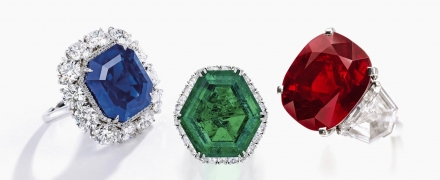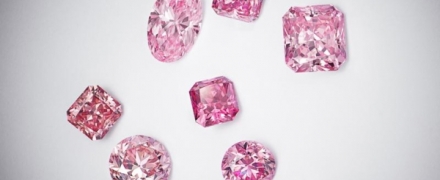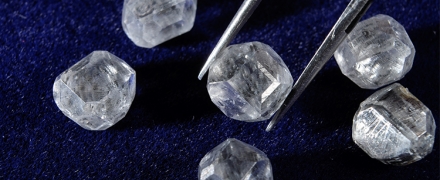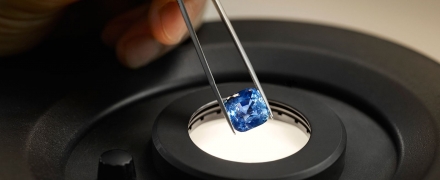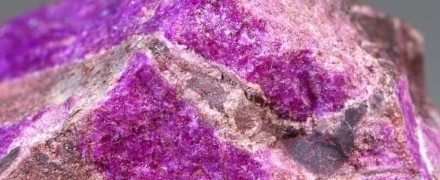open 10 am - 7 pm
laboratory is closed
Amber that is not amber
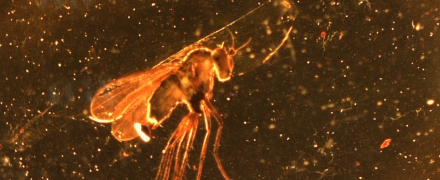
In the amber market in different countries there is a different system of trade names, which often ambiguously correspond to the generally accepted terminology. The most vivid example is the term "Amber", translated into Russian as "Amber". However, in the traditional chemical-structural classification adopted in the Russian Federation since the times of the USSR, natural fossil resins of the department of amber-like resins are called amber, which include, in addition to succinite itself and hedano-succinite, the resins of the rumenite and oxismol families. All these resins are characterized by a labdan polymer "skeleton" with a regular configuration, as well as the presence of succinic acid or peroxide compounds in the composition. The Polish representatives of the gemological community adhere to limiting the definition of "Amber" only to fossil resins of the succinite family (succinite and edano-succinite). In the rest of the world, gemologists and traders of fossil resins are guided by the classification by Ken B. Anderson and John C. Crelling (1995) with subsequent changes.
According to the Classification of Anderson et al., The term "amber" includes not only amber-like and retinite-like fossil resins, but in general all fossil resins, including zigburgite and resins of the copalite family. Therefore, when buying amber abroad, it is necessary to clarify what kind of "amber" you are buying, because even subclass Ia of this classification, which includes gedano-succinite and succinite (known to everyone as Baltic amber), also includes such a fragile resin (resin of the retinite family) like glessite. In addition, such a type of treatment as heat treatment (boiling) in vegetable oil is widespread abroad in order to impart viscosity to various types of brittle resins (retinite family) for use in jewelry. Considering the deep penetration of the components of vegetable oils with this type of processing, the resulting material is essentially an artificial material using components of natural fossil resin.
Be careful when buying and ask for clarification on what kind of "amber-amber" it is.
В геммологической практике бывают весьма увлекательные случаи с диагностикой ювелирных вставок
Но помимо редкости цвета и высокой стоимости таких камней, многие розовые камни выделяются одной замечательной особенностью – они проявляют плеохроизм, то есть в зависимости от положения осмотра камня он может иметь дополнительные оттенки – оранжевый или пурпурный.
Currently, gemstones are produced by two fundamentally different technological methods - the High Pressure - High Temperature method (“HPHT”, High-pressure & High-temperature) and the Chemical Vapor Deposition (“CVD”, Chemical vapor deposition) method. The "HPHT" method is the most tested classical synthesis method, which can be used both carbon deposition on diamond from flux melts and catalytic reactions. In "CVD" synthesis, diamond growth occurs on a seed during carbon deposition mainly from a gaseous medium at relatively low temperatures and pressures.
Jewelry and precious stones are just such a category of goods, when buying which you need to pay attention to many criteria.
Sogdianite is a rather rare mineral and more often it can be found as a collection material (moreover, in systematic collections), and it is extremely rare in jewelry.


